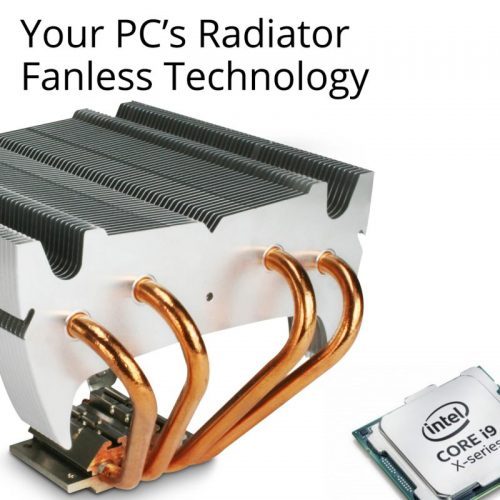Fanless Computers: Still running cool! Making a computer with a single fan is good engineering, making them fanless is an art. TANGENT offers fanless computers which are reliable and robust to meet your demanding requirements of ruggedness and performance. What are major problems with the fans that require us to build fanless computers? Noise: […]
